Launched in 2019, our project in Kenya aims to restore Mount Kenya National Park and to enable local communities to plant trees in agroforestry. The planting of 80,000 saplings began in April, during the rainy season.

Why plant trees in Kenya?
Due to population growth, expansion of crops, but also to the felling of trees for charcoal production, Kenya today only has 7% forest cover when it had 18% in the early 1960s. It is in this context that Reforest'Action has joined forces with the local NGO Trees For Kenya, which, since 2012, has been working with communities in the Mount Kenya region to restore the most degraded areas of its forest.
The goal of this project, financed by Reforest'Action, is to help local communities restore their environment and develop agroforestry in order to secure their food supply.
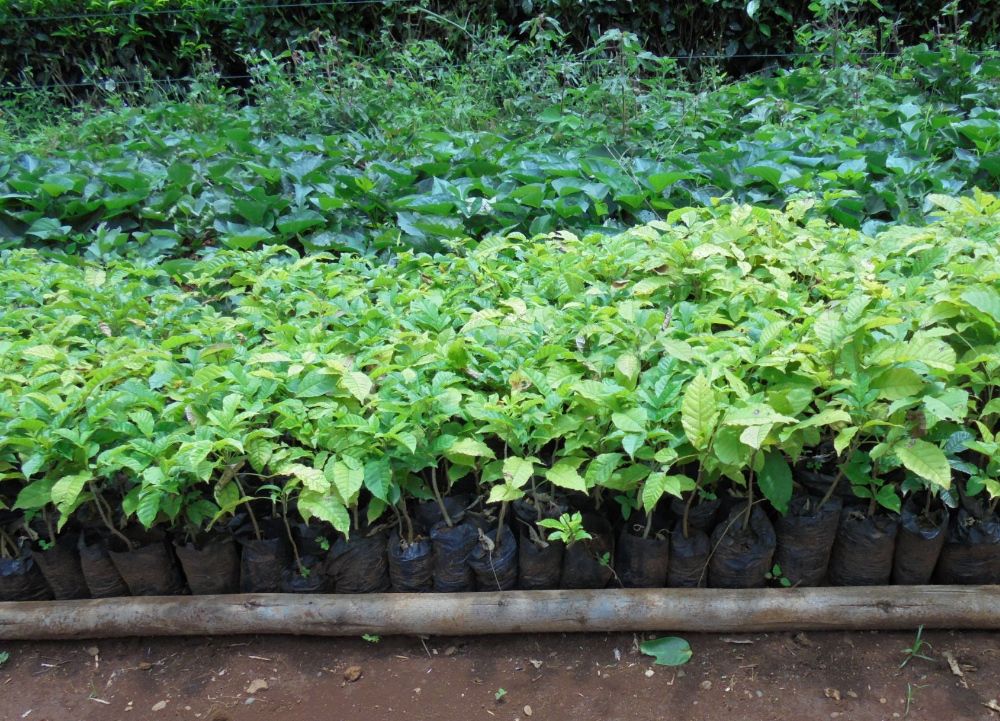
Successful tree production in nurseries
Over the past six months, our partner Trees For Kenya has been equipping 20 dedicated nurseries and producing more than 80,000 trees of various species, thanks to the support of some 30 community groups.
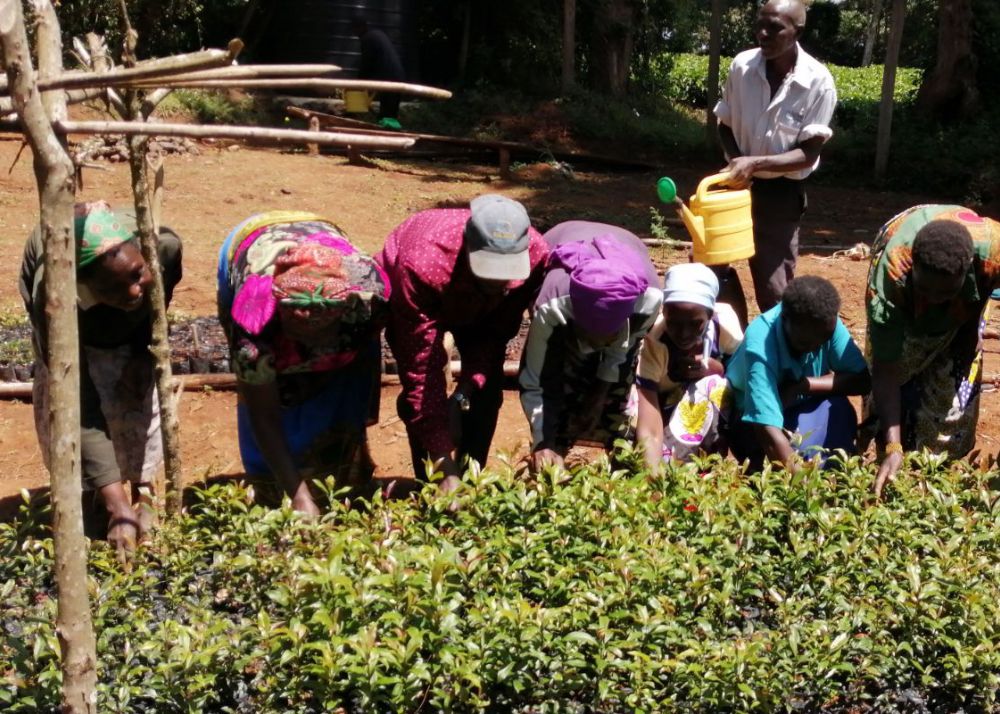
While the rest of the country is currently suffering from a locust invasion that is particularly fatal to crops, the Mount Kenya region - where our project is located - is spared from the crisis. The insect cannot thrive at such heights (1500 to 2500 meters above sea level).
In addition, since December 2019, rainfall has been favorable. Our partner Trees For Kenya has not encountered any major difficulty in their nursery work.
The rainy season is now in full swing in Kenya and will last until the end of May. The local communities are currently taking advantage of this time to plant the 80,000 trees produced in the nurseries, after having prepared the ground by removing brush and invasive species.
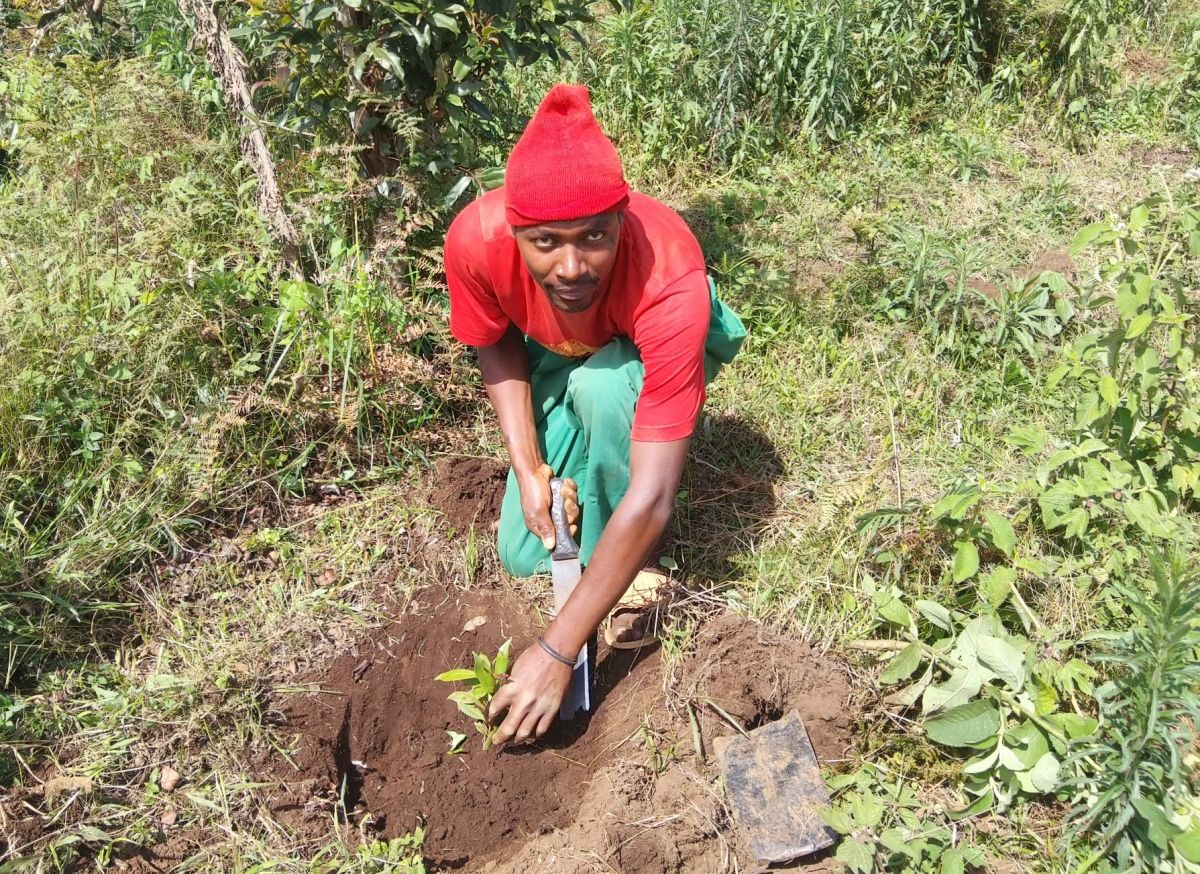
Restoring degraded forests and developing agroforestry
In total, over the next few weeks, 30,000 seedlings of native forest species (water kisa, Prunus Africana, Codiaeum variegatum, Meru oak) will be restoring the forests of Mount Kenya, and especially the degraded area of Magaca.
At the same time, 40,000 feet of agroforestry species (grey oak, pink cedar, Nile tulip tree, Calliandra calothyrsus, avocado tree, tamarillo) will be planted in farmers' fields. These trees will create a protective canopy for the underlying food crops, provide fruit and allow local communities to get firewood from them without damaging the wild forest.
The third part of the project will be the planting of 10,000 trees of various species in local schools to raise awareness of the younger generation about the challenges of preserving their forests and the benefits of trees.
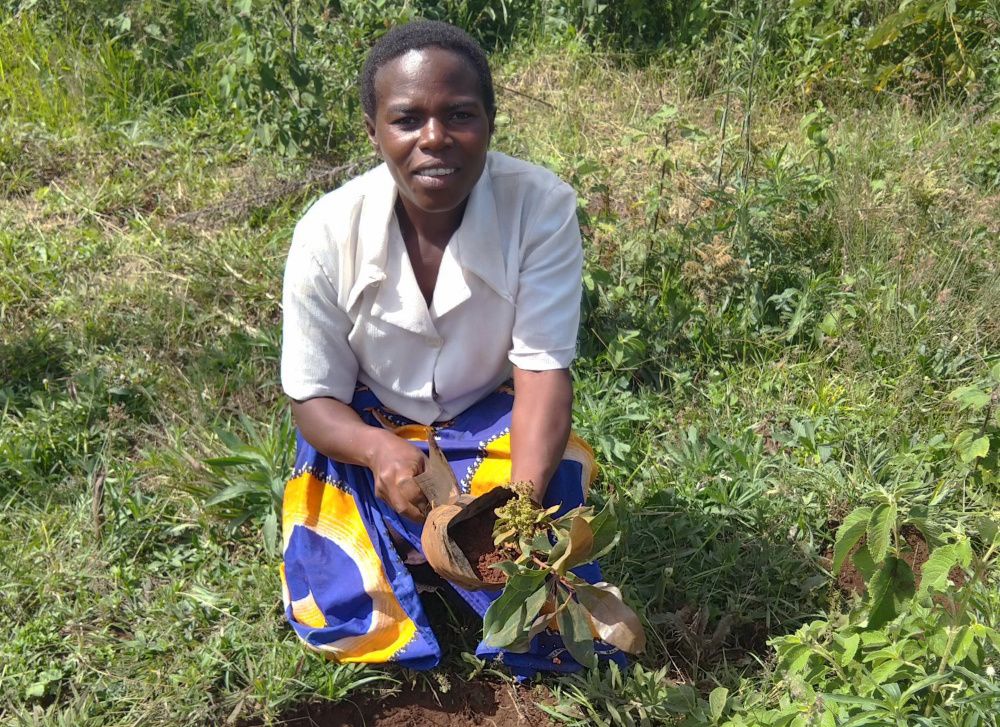
Getting local communities involved, a success factor for the project
About 2,000 people are involved in producing and planting trees in these areas. Our partner Trees For Kenya trains local communities in nursery work and agroforestry. Involving local populations in the project is a real guarantee of its success: they guarantee the good maintenance of the planted trees and the fight against deforestation in the protected forests.
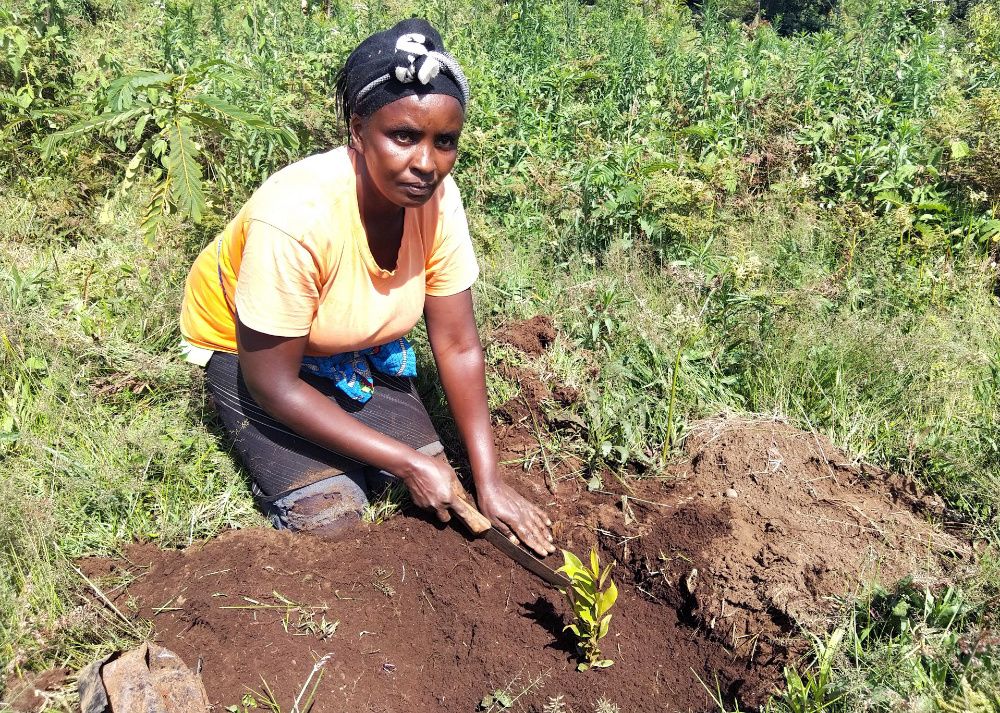
Planting trees in schools also helps to raise awareness among the younger generation, to encourage them to take better care of their environment. Each student receives a number of trees for which they are responsible until they leave school. The planted trees are managed by the schoolchildren, who water them and weed them twice a year to allow them to grow in optimal conditions.